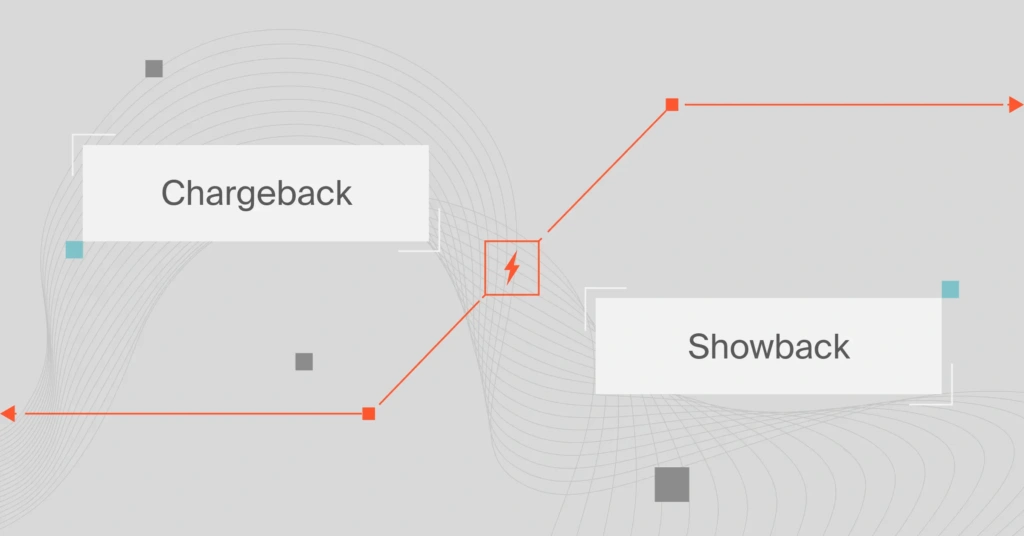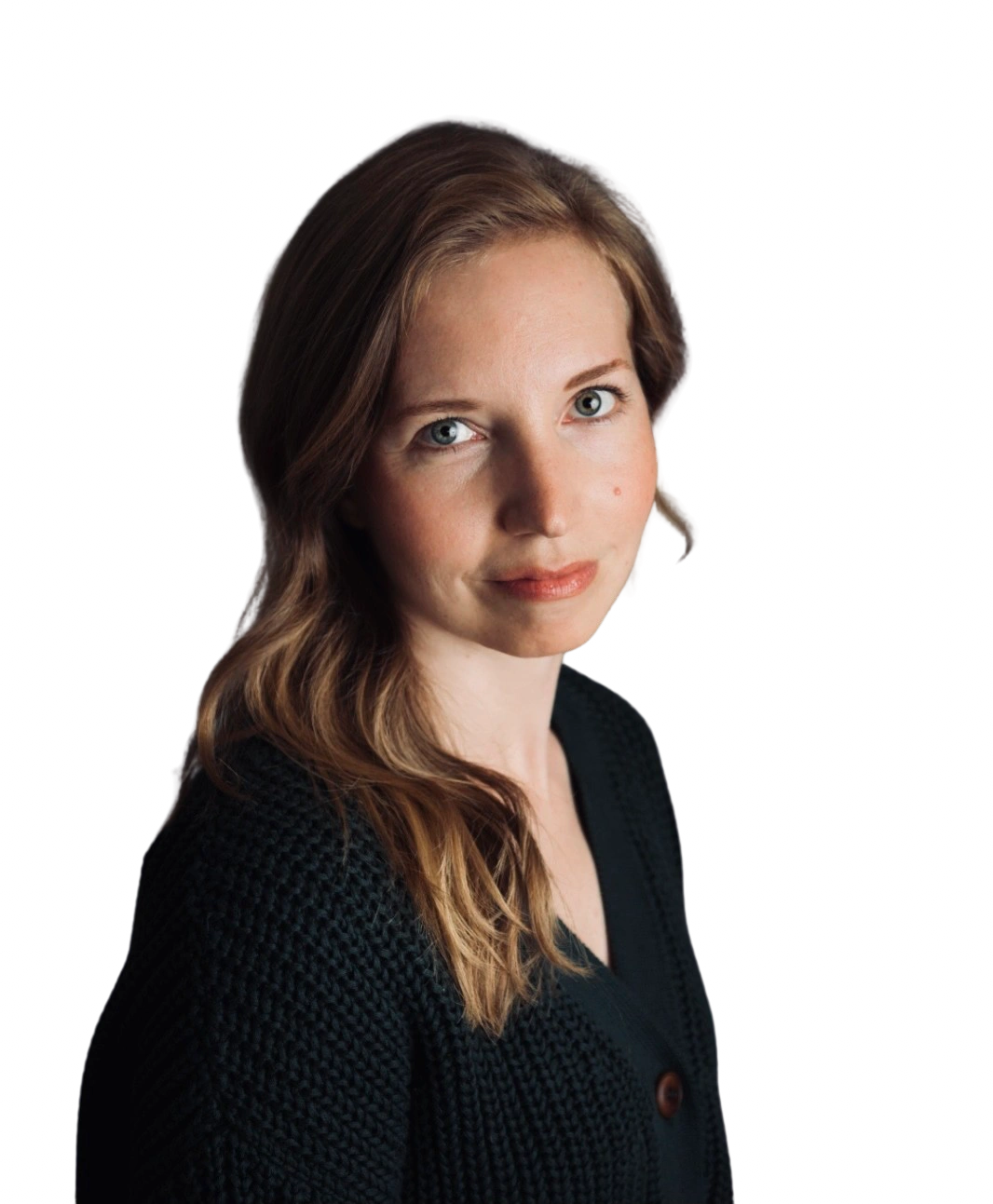One of the most challenging aspects of running a SaaS business is dealing with highly variable costs.
Every service you provide needs resources, and the demand for those resources fluctuates. Just when you think you’ve got this quarter’s budget nailed down, an engineer makes a restructuring decision or a new feature launch exceeds expectations (or falls flat).
Suddenly, your bill looks totally different than what you were expecting.
Some companies struggle with constantly growing costs in addition to this variability. The bill always goes up and never comes down, and it’s not always easy to tell whether revenue balances out the increases or not.
To encourage some departmental accountability for costs — in the hopes that accountability will cause employees to carefully consider the cost impact of each decision and hopefully smooth out the spikes — some businesses choose to use one of two accounting techniques: chargeback or showback.
While similar, these two methods can produce very different results.
Let’s take a look at the differences between chargeback vs. showback, so you can decide which, if either, would work best for your business.
What Is Chargeback?
When a company receives a bill, it usually pays the bill with a budget set aside specifically for this purpose. The budget typically comes from a general pot of company money, which is shared between departments and allocated as needed.
Under a chargeback policy, however, the company asks each department to pay its share of the bill based on the proportion of resources it used and the associated costs incurred.
Think of it like a shared family phone plan. Mom and Dad might start out paying the bill, and they’re probably happy to continue doing so under normal circumstances.
But if their teenagers start racking up overage data and running up the phone bill, Mom and Dad might start asking each child to pay their fair share based on how much data they used every month.
As a natural consequence, the kids will probably think twice next time they decide to stream an HD movie using the data plan. Over time, this accountability may reduce the amount of data they use, but even if it doesn’t, the bill will impact each user in proportionate amounts.
Related read: AWS Cost Allocation: A Guide To Allocating Cloud Spend
What Is Showback?
With a showback policy, the company would still foot the bill for each department’s resource usage.
However, they would report that usage, along with the associated costs, to the corresponding department so employees can see how their decisions have contributed to the overall bill.
Following the previous example, instead of Mom and Dad asking their teenagers to pay for their own phone data usage, they simply show them the bill and point out the proportion of the total cost incurred by each child.
It’s a gentle way of teaching the responsible parties how they’ve contributed to total costs without taking the money out of a departmental budget.
What’s The Difference?
On the surface, chargeback and showback appear to be very similar. Both can be effective ways to encourage each department to be accountable for its own resource usage.
The only difference between them is that with chargeback, departments must pay for their resource costs, while with showback, they are simply made aware of their cost impact.
As you might expect, the results you can expect from each approach are very different.
For one thing, chargeback policies usually lead to more conscientious spending habits than showback policies. As a teenager, knowing you’ve contributed $90 to the family phone plan this month and actually having to pay the $90 are two very different feelings.
Company departments run by adults can be held to a higher level of maturity, but human nature still dictates that understanding the consequences and actually facing them are completely different things.
On the other hand, chargebacks come with a risk of tension and friction.
This friction can occur between departments and executives who suddenly ask those departments to pay for bills they’re not accustomed to paying. As a parent, consider how the conversation would unfold if you were to ask your teenager to start paying their own bills all of a sudden.
Chances are, you might expect some pushback and some assertions about unfairness. This is especially true if one teen has to pay more than a sibling.
Similarly, expect strife if one department suddenly has to pay far more than the others simply because it needs more resources to operate effectively. Engineers, for example, will ultimately bear the majority of the cloud bill because their decisions have the greatest impact on cloud costs.
If keeping all teams working together in harmony is a top priority for your company, any chargeback policies should be well planned and carefully executed.
Between Chargeback And Showback, Which Is Better?
The answer to this question depends on your goals.
If you simply want to raise awareness around cost management, it’s simpler and far less risky to opt for a showback policy. But if costs have gotten out of control and you need to right the ship quickly, the higher stakes of a chargeback policy could be worthwhile.
There’s no better way to teach departments to stay within budget than by deducting costs directly from their funds.
If your situation falls somewhere in the middle — or you’re unfamiliar with breaking down costs by department — it’s probably wise to start with showback rather than chargeback.
Many companies have the ultimate goal of implementing a chargeback plan, but they use showback as an intermediate step.
Often, informing departments that they will need to start footing the bill for their used resources in six months, and then showing them the costs they will incur when the policy takes effect, is sufficient to rein in errant spending.
Keep in mind that tempers can flare when you suddenly ask departments to pay their own bills. If there’s any chance your estimation of costs could be off the mark, it’s better to avoid starting a battle.
Stick to a showback plan until you’re completely confident in your ability to break down costs accurately.
In fact, finding a precise number for each department’s costs can be tricky. Before you can implement either of these policies, you’ll need to have the proper tools in place to determine who is responsible for what proportion of the bill.
Common Mistakes To Avoid
Before choosing between chargeback and showback, it helps to know the traps most companies fall into.
- Basing allocations on bad data. Nothing destroys confidence faster than inaccurate chargebacks. If your tagging is inconsistent or your data isn’t mapped properly, departments will challenge every number. Always clean and validate your data first.
- Penalizing essential teams. Engineering or platform teams often own the largest part of cloud costs — not because they’re wasteful, but because they build and maintain what drives the business. Charging them without context creates resentment and discourages innovation.
- Moving too fast. Introducing chargeback overnight can shock teams. Instead, start with showback to educate and confirm allocations, then transition once everyone understands their spend.
- Treating chargeback like a punishment. The goal isn’t to shame teams — it’s to build awareness and accountability. If you frame it as cost control rather than empowerment, participation, and trust will collapse fast.
- Ignoring unit economics. If you only show totals per department, you’ll miss what really matters: cost per feature, customer, or environment. Those insights lead to real efficiency gains, not surface-level cuts.
- Forgetting to communicate the “why.” If people don’t understand the purpose — fairness, efficiency, shared accountability — they’ll resist. Explain early, reinforce often, and connect the process to broader business goals.
Best Practices For Smooth Implementation
Once you understand the pitfalls, here’s how to set up your showback or chargeback program for long-term success.
- Start with visibility first. Use showback as your foundation. It helps teams learn their cost drivers, ensures data accuracy, and builds trust. Once mature, move to chargeback.
- Bring everyone to the table. Involve finance, engineering, and product early. When each group helps define the rules, accountability feels shared—not imposed.
- Automate allocations wherever possible. Manual spreadsheets don’t scale. Use tools like CloudZero to automatically tag, map, and allocate untagged or shared resources across teams and environments.
- Focus on learning, not blame. Encourage curiosity. Ask “Why did costs rise?” instead of “Who’s at fault?” Reward teams that improve efficiency or visibility.
- Keep it iterative. Your cost model should evolve as the business changes. Review allocations quarterly and update formulas as new services or architectures are rolled out.
- Track meaningful outcomes. Measure the impact — cost savings, budget predictability, and engineering buy-in. The goal isn’t just to divide a bill, but to drive smarter, data-backed decisions.
- Invest in accurate cost allocation tools before rollout. Finding the precise cost for each department can be tricky. Before implementing chargeback or showback, ensure you have the right tools to break costs down fairly and accurately. This is where CloudZero can help.
Showing Your Departments Their Costs Requires A Deep Understanding Of Where Those Costs Come From
Monthly bills are lump sums. They don’t tell you who spent what — or why. Acting on that alone is guesswork.
Tags help, but they’re rarely perfect. Some resources are shared or untaggable. Without reliable allocation, showback and chargeback won’t be trusted.
CloudZero makes it finance-grade. It maps every dollar to products, features, environments, and teams — including untagged and shared spend — so reports are clear, auditable, and fair.
With CloudZero Dimensions, you see costs the way the business runs: by product, feature, team, and environment. That’s the foundation for accurate showback now — and confident chargeback later.
Ready to turn visibility into accountability?  to see for yourself.
to see for yourself.
Chargeback & Showback FAQ
How do these models impact budgets and forecasts?
Showback reveals spending patterns that help finance predict future costs. Chargeback goes further — teams plan cloud spend in their budgets, making forecasts more accurate and less reactive.
What real outcomes can companies expect?
These models create accountability that drives efficiency. Teams right-size infrastructure, cut waste, and make data-backed tradeoffs between cost and performance. Budgets stabilize, and surprise bills fade.
How does CloudZero help?
CloudZero links cloud costs to products, teams, and environments. It provides finance-grade visibility, allowing engineers and finance to share a single trusted view for budgeting, forecasting, and reporting.
When should you move from showback to chargeback?
Start with showback to build trust in your data. Once teams understand their spend and forecasts are consistent, switch to chargeback for full accountability.
Example: A SaaS company controlling Kubernetes costs
A SaaS team used CloudZero to track Kubernetes costs by feature. After six months of showback, they shifted to chargeback. Within one quarter, waste dropped 18%, and forecasting improved dramatically.








